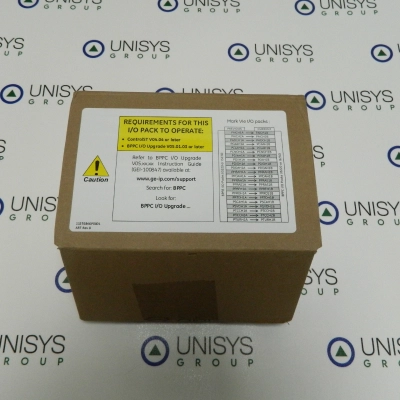

IS200TRTDH1B - MARK VI, RTD TERMINAL CARD
Module manufactured by General Electric as part of the IS200TRTDH1B Mark VI/VIe series used in gas turbine speedtronic control systems.

IS200TRTDH1B is an RTD Terminal Card developed by General Electric. The TRTD terminal board supports 16 three-wire RTD inputs. These inputs are connected to two barrier terminal blocks. Surge and high frequency noise are protected by noise suppression circuitry in the inputs. TRTD communicates with one or more I/O processors, which convert input temperature values to digital temperature values and send them to the controller. TRTDH1B is a TMR version that uses six DC-type connectors to fan out signals to three VRTD boards.
IS200TRTDH1B Installation
Operation
Characteristics
IS200TRTDH1B Diagnostics
Features